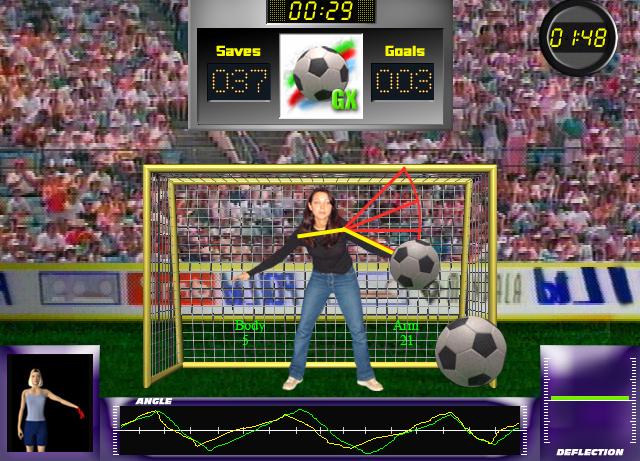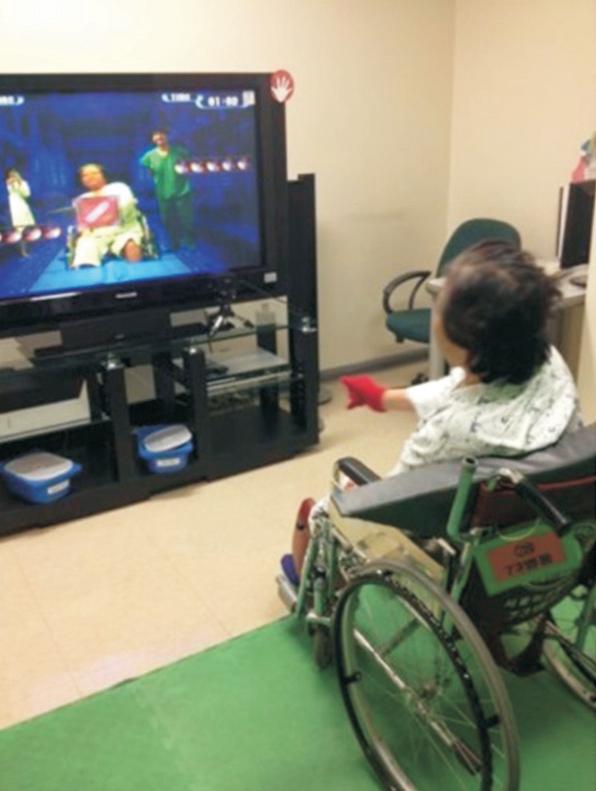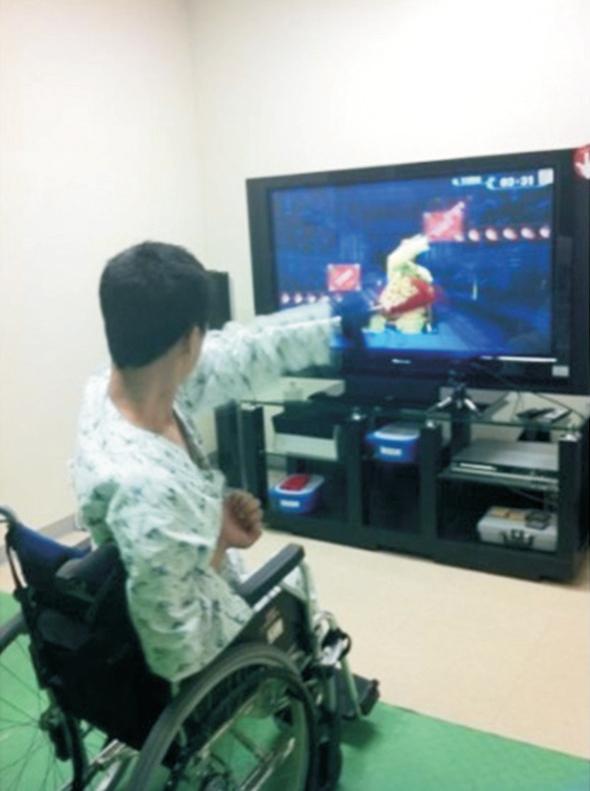CLINICAL RESEARCH
Past research includes 45+ studies from reputable sources demonstrating the positive effects of use with IREX. Research and clinical studies involving the IREX have shown its promising potential in the treatment of neurological injury in particular. A fascinating study in 20051 demonstrated improved lower extremity function post stroke, along with cortical reorganization in the primary motor cortex as demonstrated with fMRI. Here are some other examples of the demonstrated benefits with IREX use in brain injured populations from recent peer-reviewed research articles:
Increased mobility through improved lower limb function.
Daniel McEwen, MSc; Anne Taillon-Hobson, PT, MSc; Martin Bilodeau, PT, PhD; Heidi Sveistrup, PhD; Hillel Finestone, MD, FRCPC (2014). Improved lower limb function following stroke. Stroke 45: 1853-1855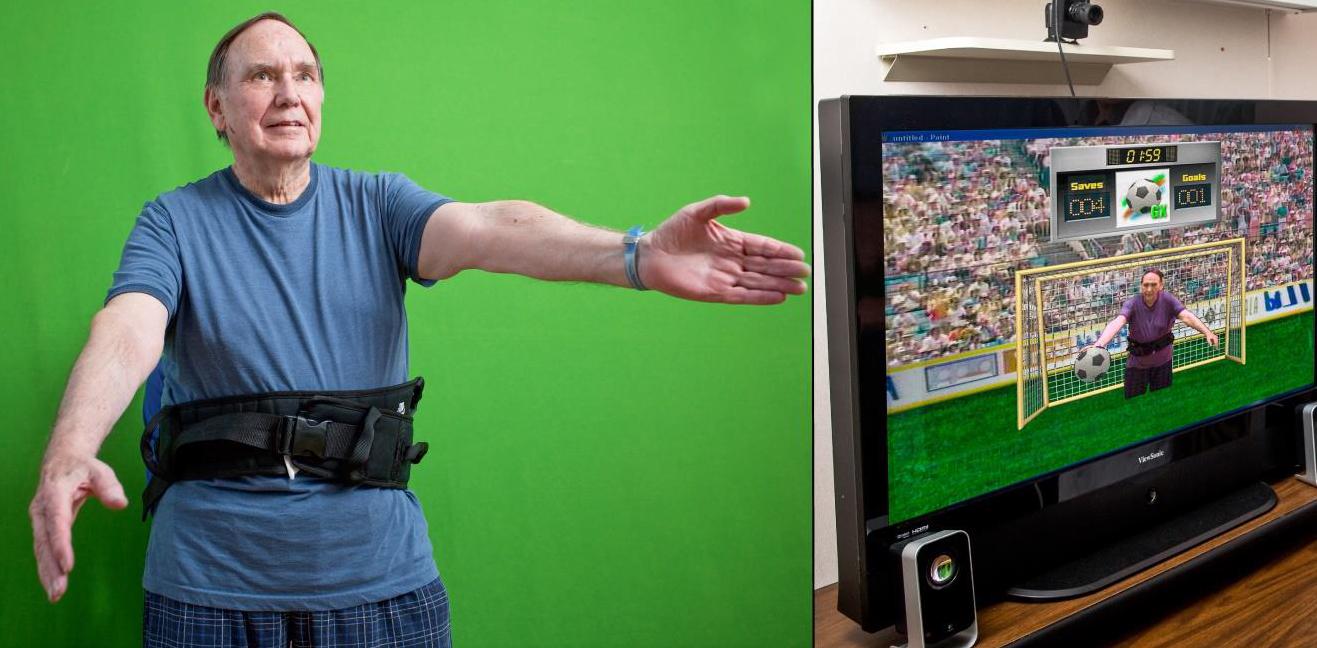
Improved aspects of unilateral spatial neglect.
Kim, Y. M., Chun, M. H., Yun, G. J., Song, Y. J., & Young, H. E. (2011). The effect of virtual reality training on unilateral spatial neglect in stroke patients.Annals of rehabilitation medicine, 35(3), 309-315. 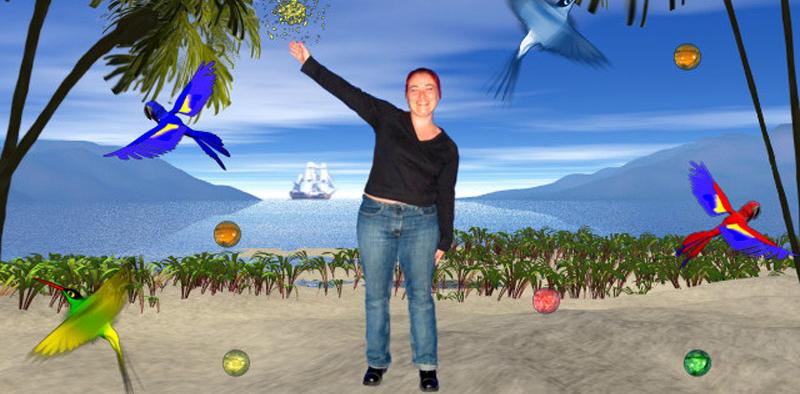
Focused Attention: Neuroplasticity does not occur unless attention is present
“Willed attention can redraw the contours of the mind, and is do doing, can rewire the circuits of the brain, for it is attention that makes neuroplasticity possible.- Dr. Mike Merzenich
In 1993 Merzenich demonstrated passive participation does not lead to lasting cortical changes5. When stimuli identicalto those that created neuroplastic change in the attending brain were delivered to the nonattending brain, there was no induction of cortical plasticity. In other words, if a person is passively engaged in an exercise, little to no brain change actually occurs. IREX creates an immersive experience for the participant, yielding increased focused attention and engagement to the task. Through many different exercises boasting various virtual environments, the therapy session continually introduces novelty, variety and challenge, which happen to be the three pillars essential to neuroplastic change. Compare this to therapy as usual with a familiar therapist, in a static environment, while completing mundane exercises. This is especially important in neurorehabilitation as disruption of attentional systems is pervasive.
Massed Practice: The brain doesn’t change easily.
Neuroplastic change does not happen with tasks that we do with low frequency. Early studies of massed practice based in rehabilitation indicated if a skill is practiced many, many times over, the brain will change to allow recovery of a non-functional arm or leg.6,7,8 However, these conclusions were largely based on rat and monkey models and often times these animals are much faster than humans, performing tasks hundreds or even thousands of times during a session. A study of humans with stroke and traumatic brain injury undergoing rehabilitation indicated an average number of active repetitions per session was 26.44, or 1.29 per minute.9 Accordingly, a major effort of rehabilitation with peripheral or central nervous system injuries should be to increase the number of repetitions per session. This leads directly to improved outcomes. However, this means patients must work through many obstacles including frustration and pain. Virtual reality environments have been demonstrated to increase the amount of time a patient will actively engage in a session, and not only increase pain tolerance, but actually decrease the amount of pain experienced.10,11 Increased time in active engagement and higher number of repetitions leads directly to better outcomes, and is inherent to the IREX’s virtual reality exercise system.
Improved visual attention.
Kim, B. R., Chun, M. H., Kim, L. S., & Park, J. Y. (2011). Effect of virtual reality on cognition in stroke patients. Annals of rehabilitation medicine, 35(4), 450-459.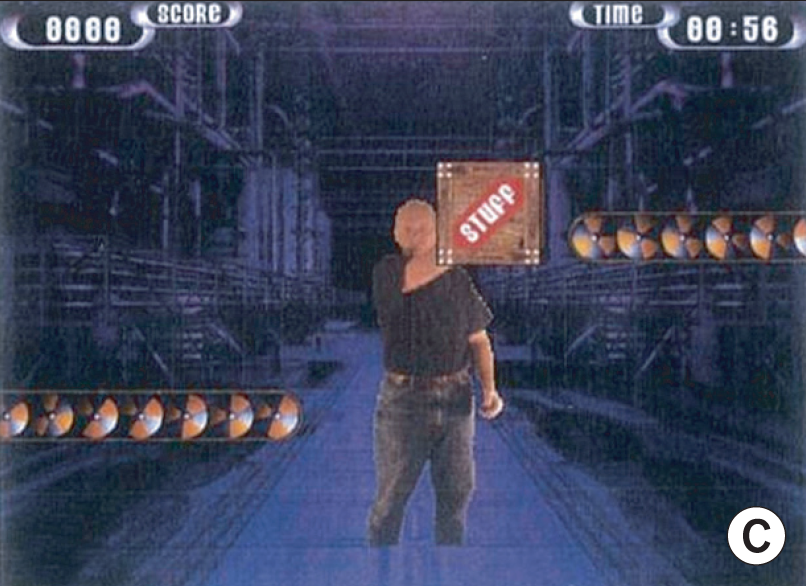
Improved cognitive function and upper extremity motor performance.
Lee, K. H. (2015). Effects of a virtual reality-based exercise program on functional recovery in stroke patients: part 1. Journal of physical therapy science, 27(6), 1637.
